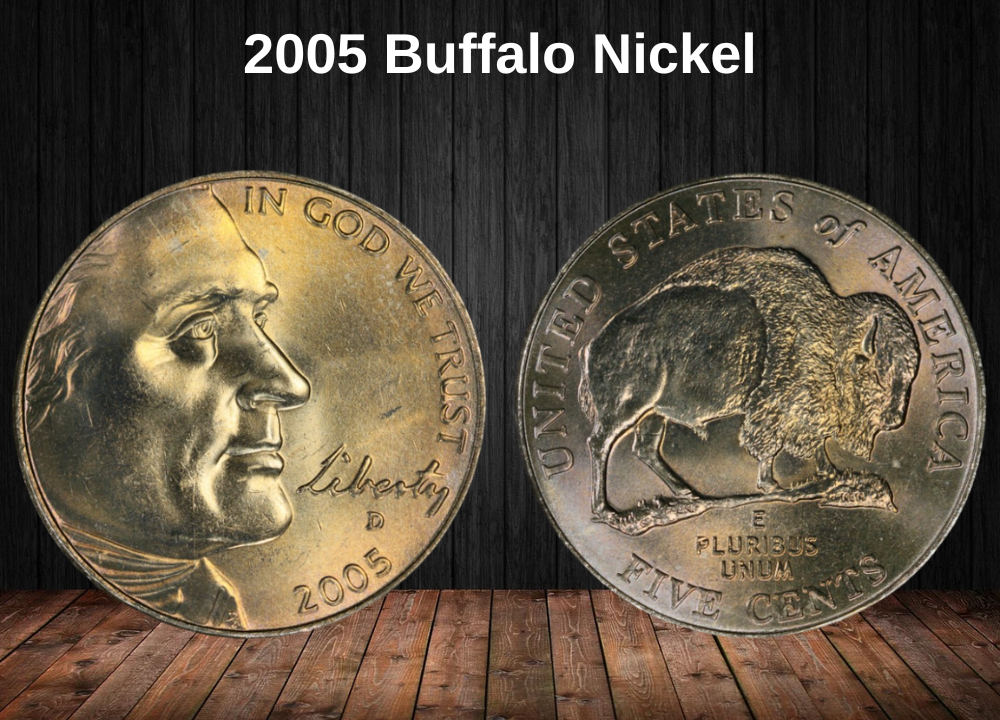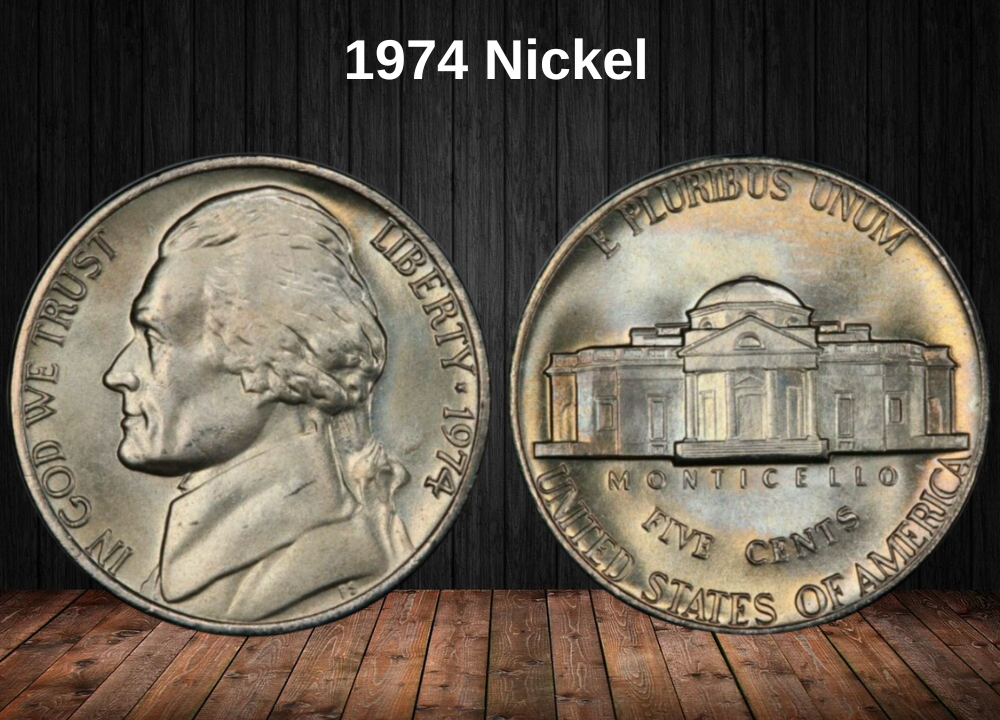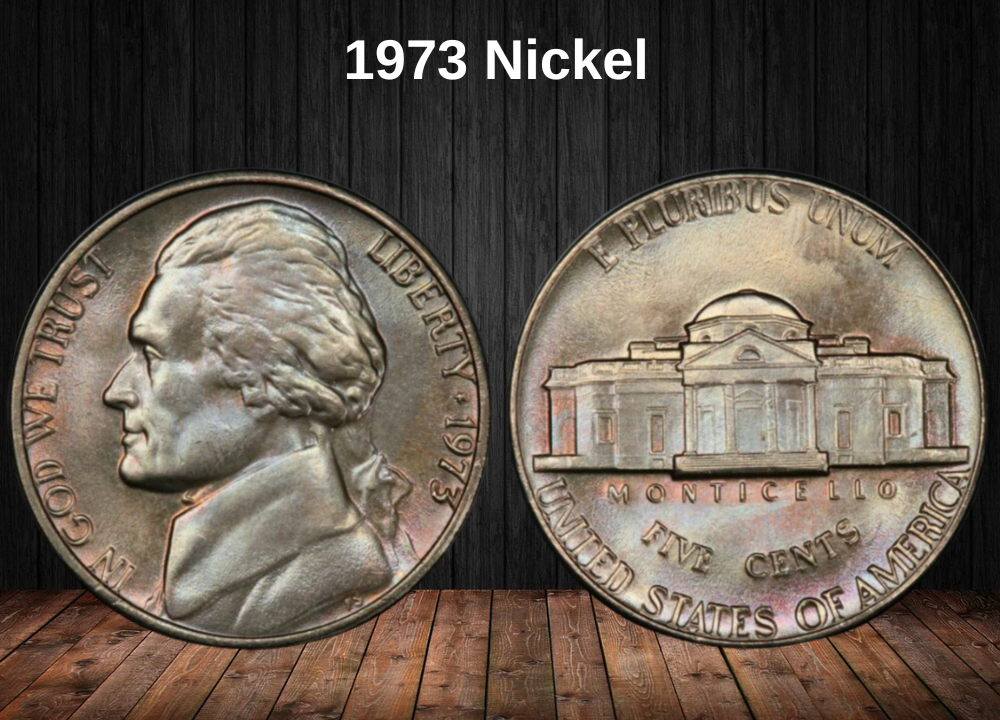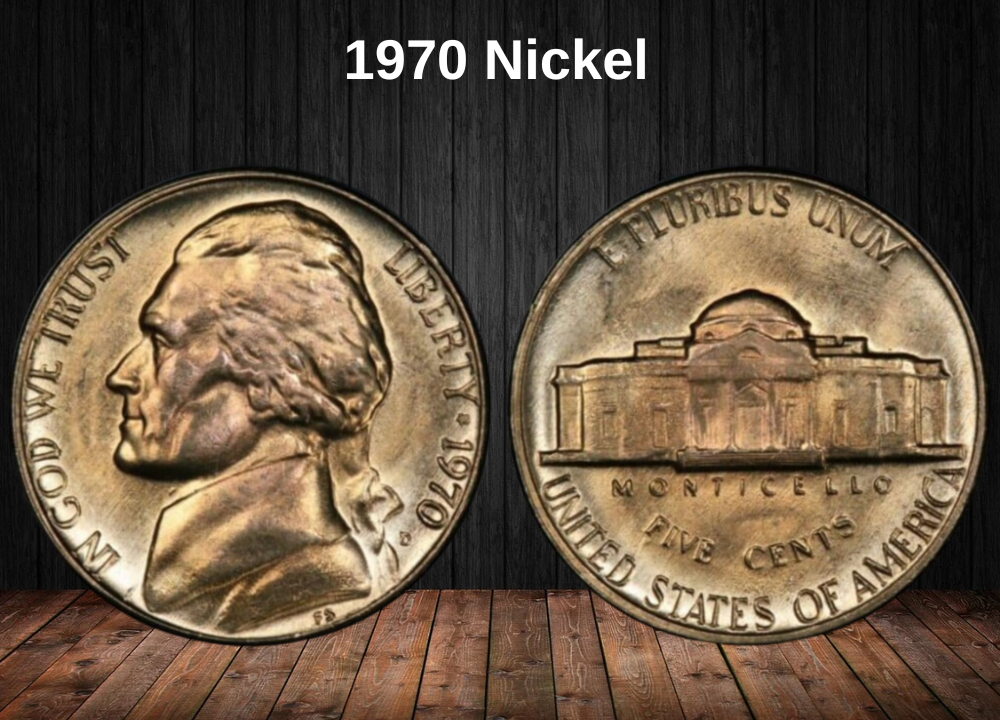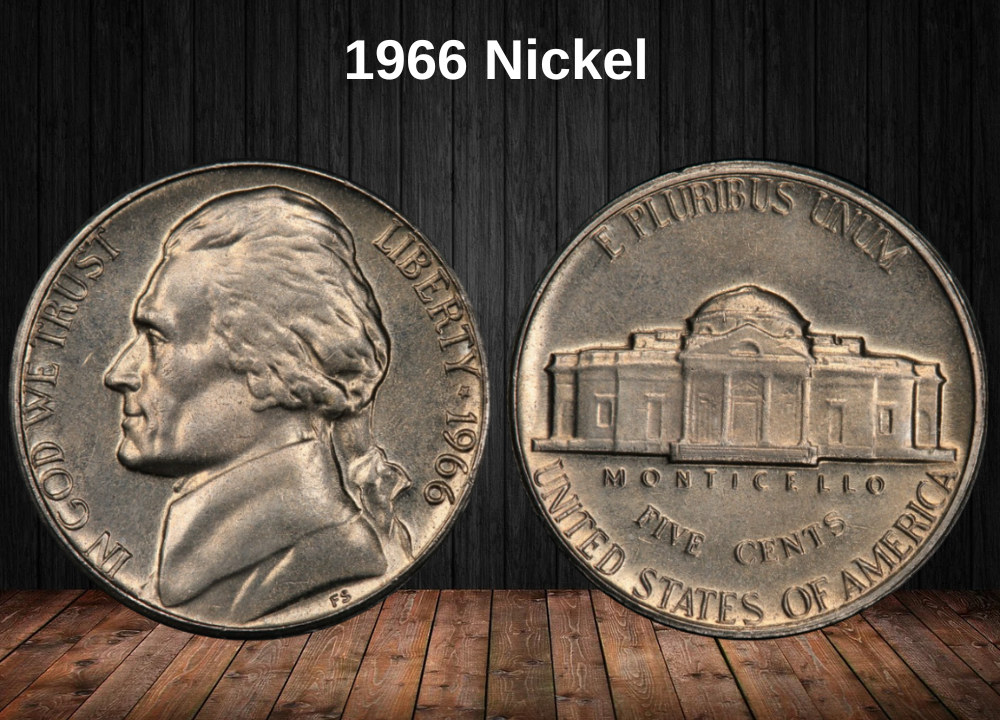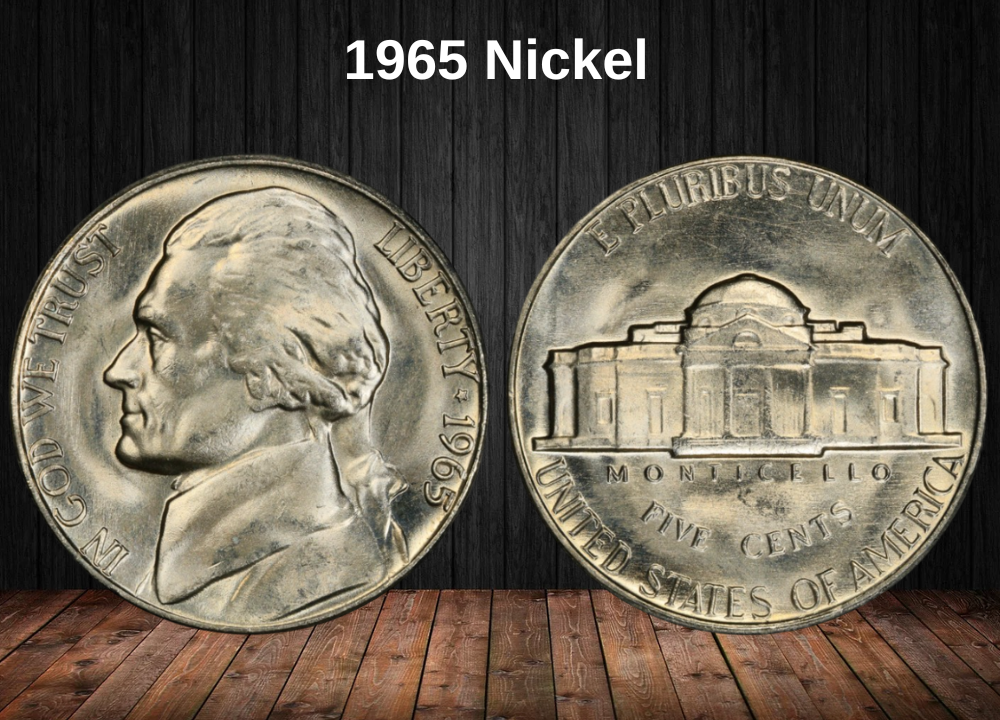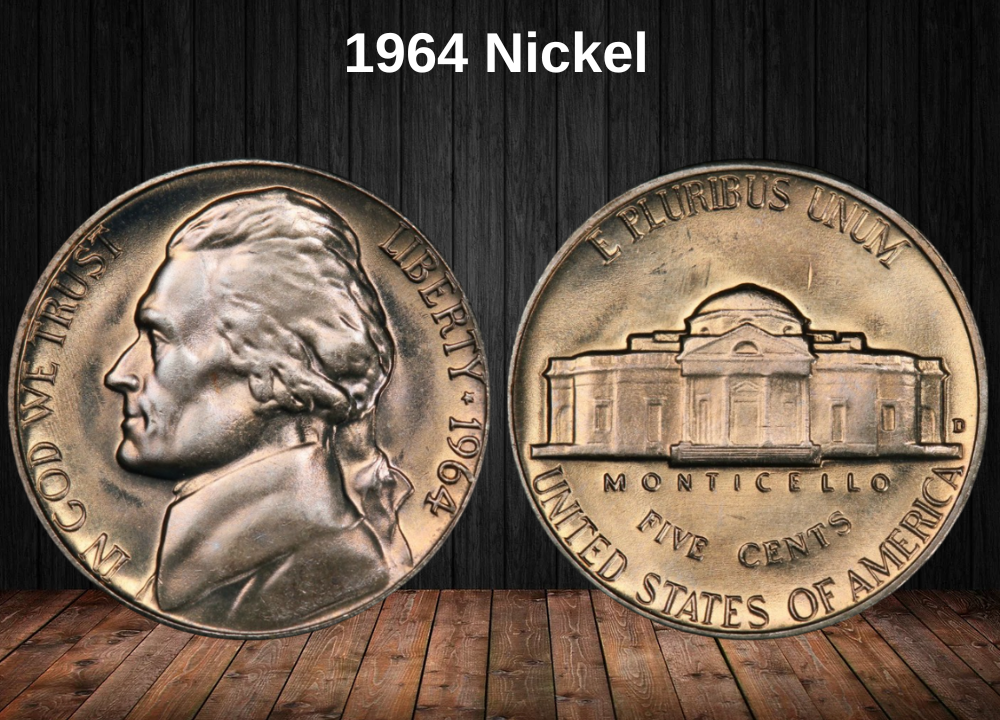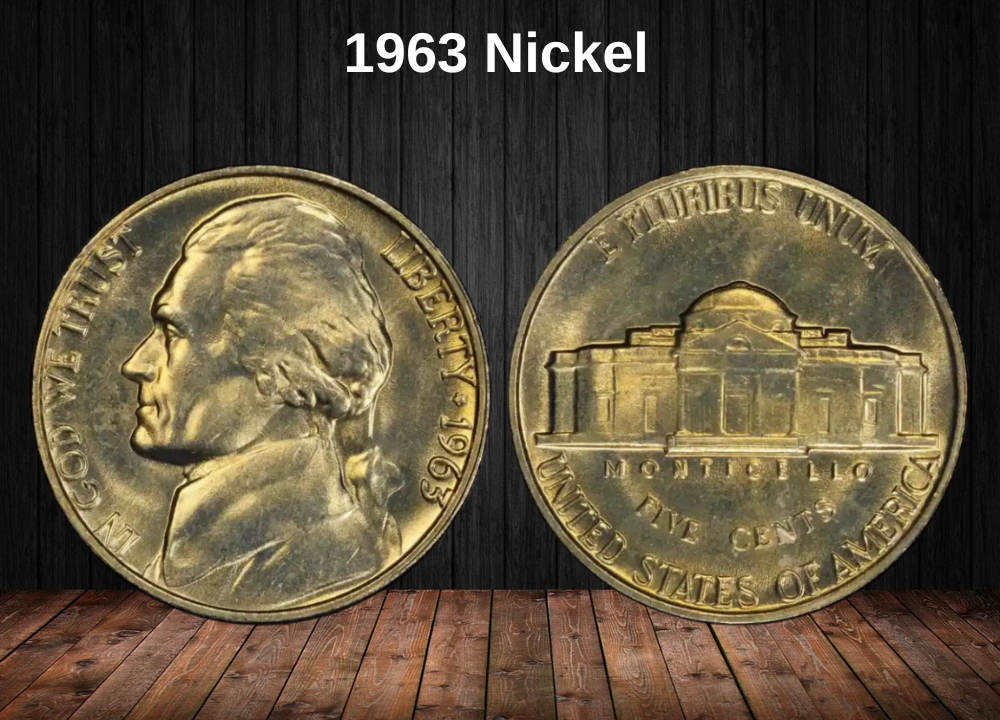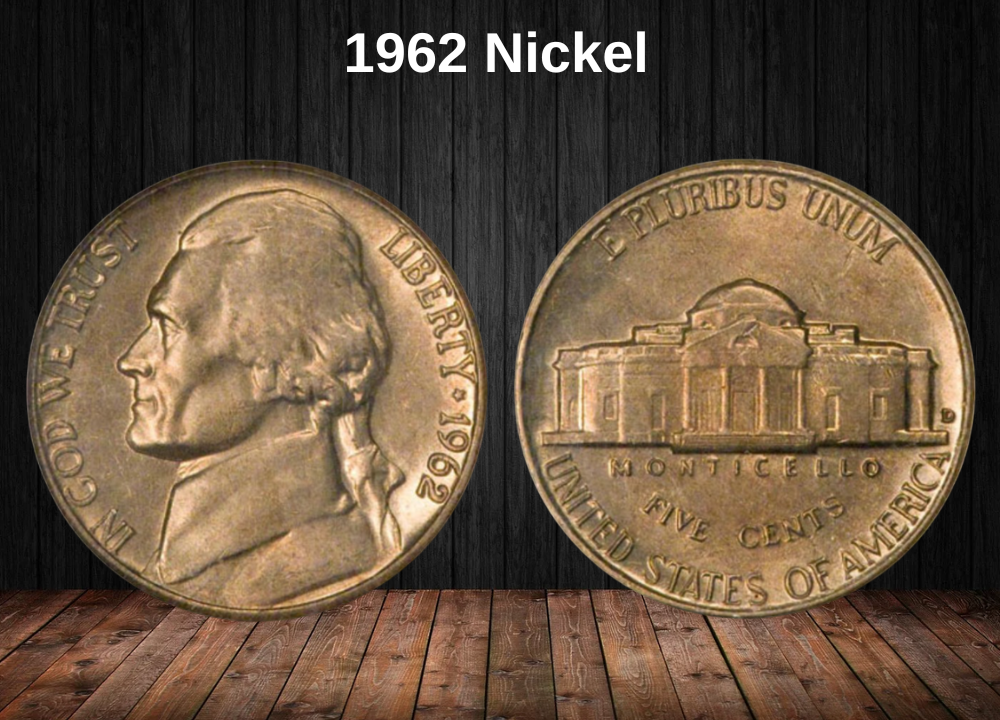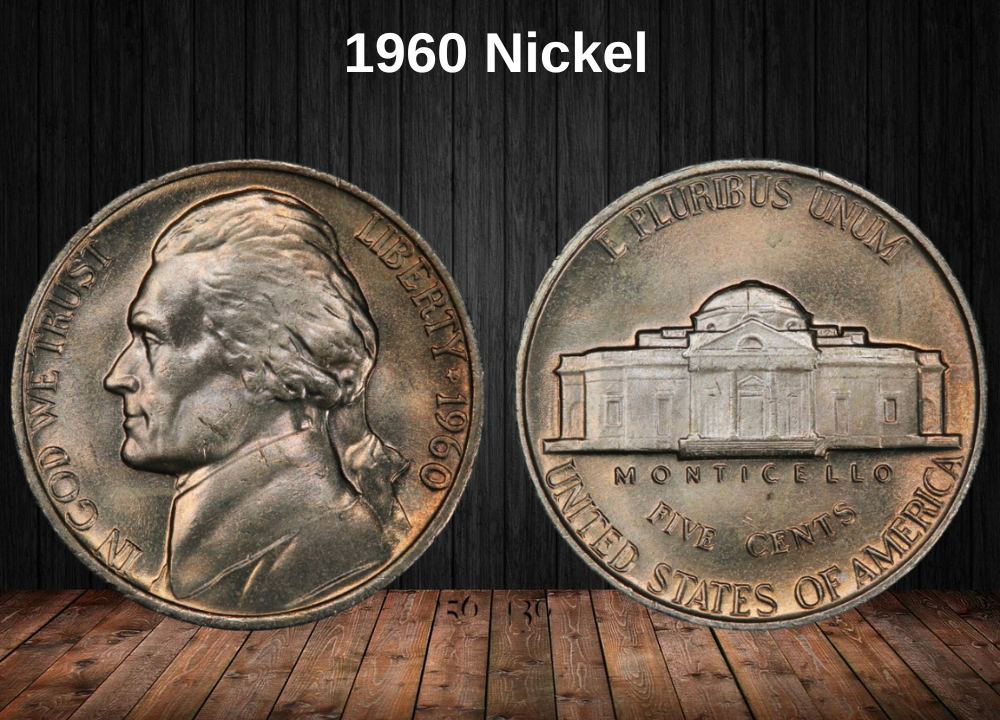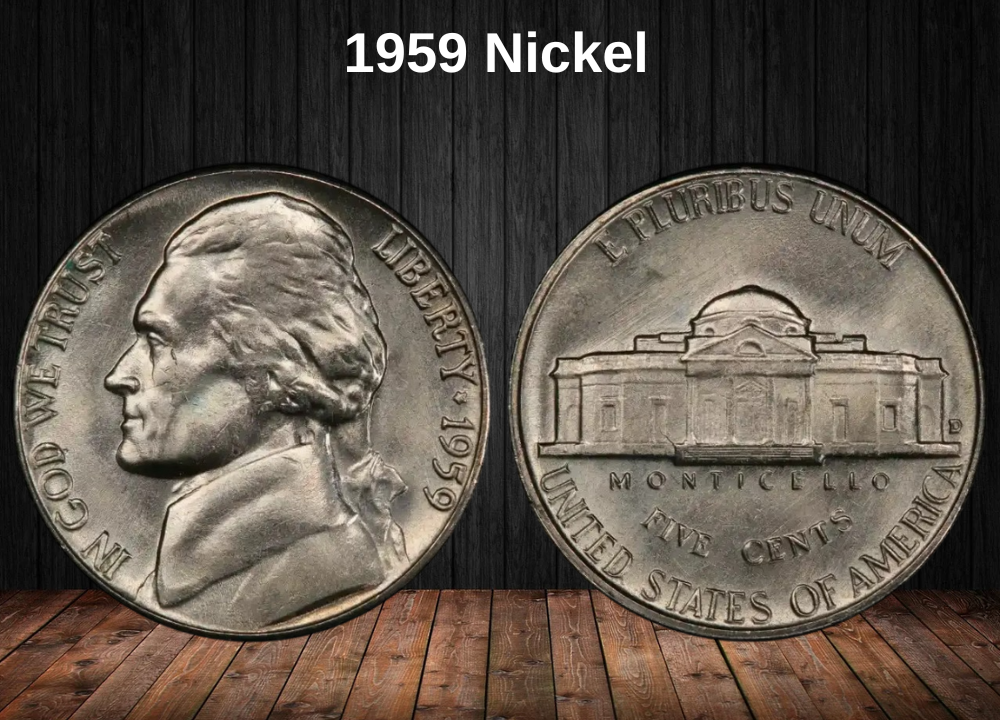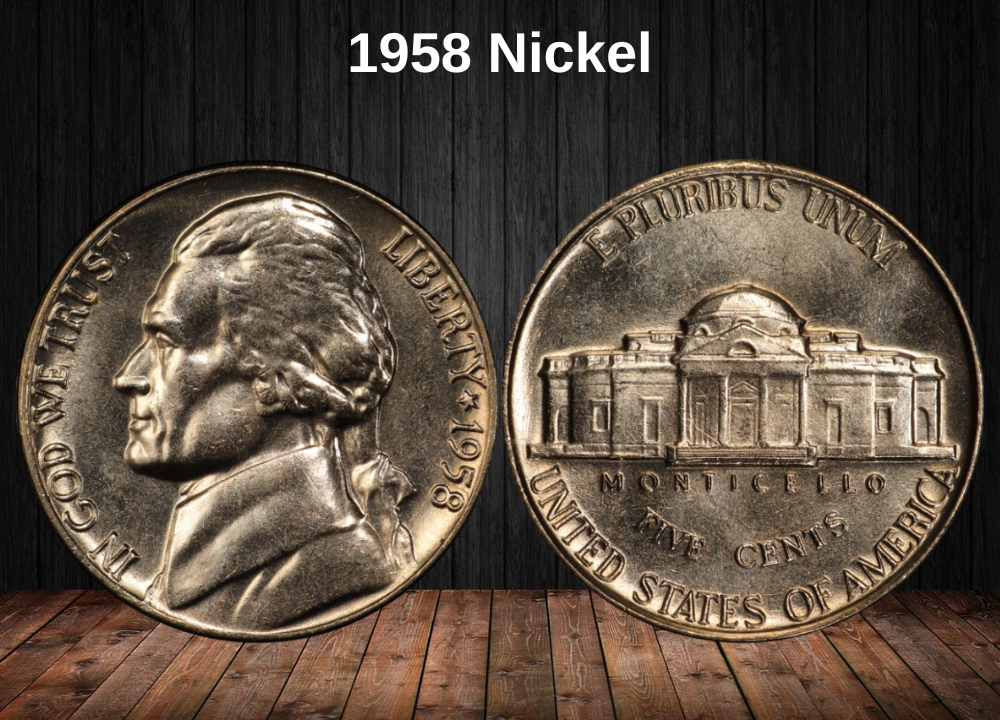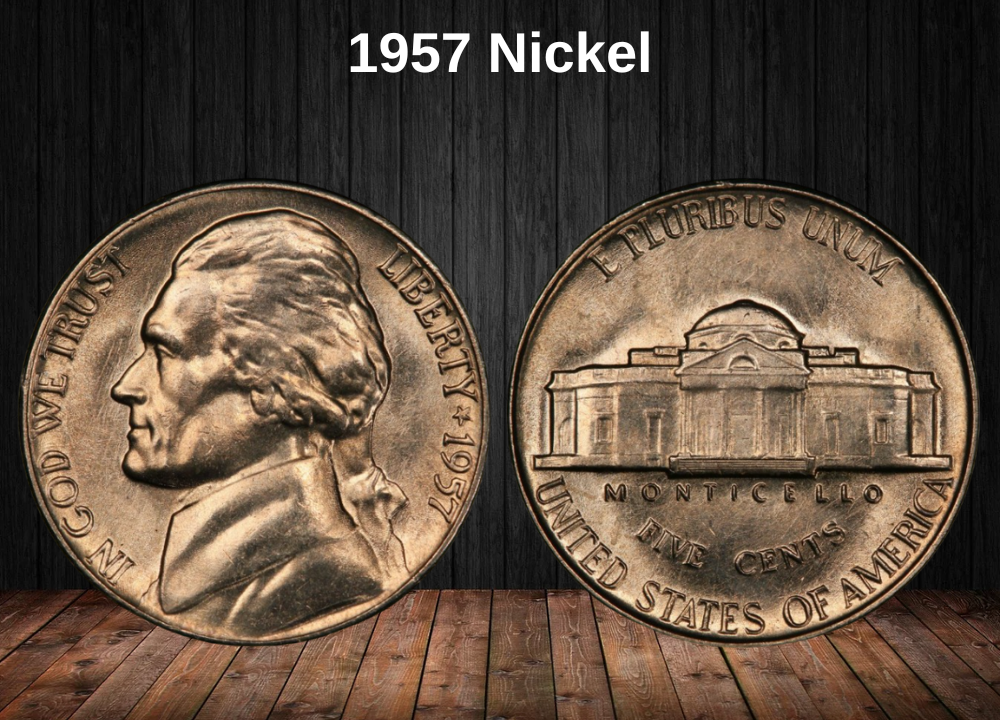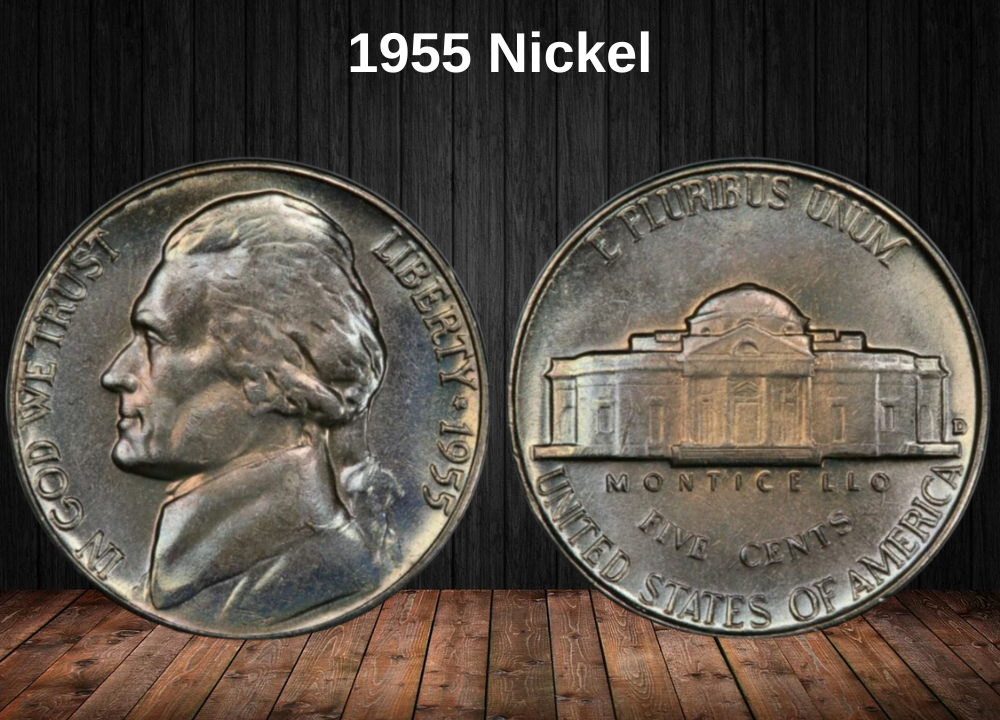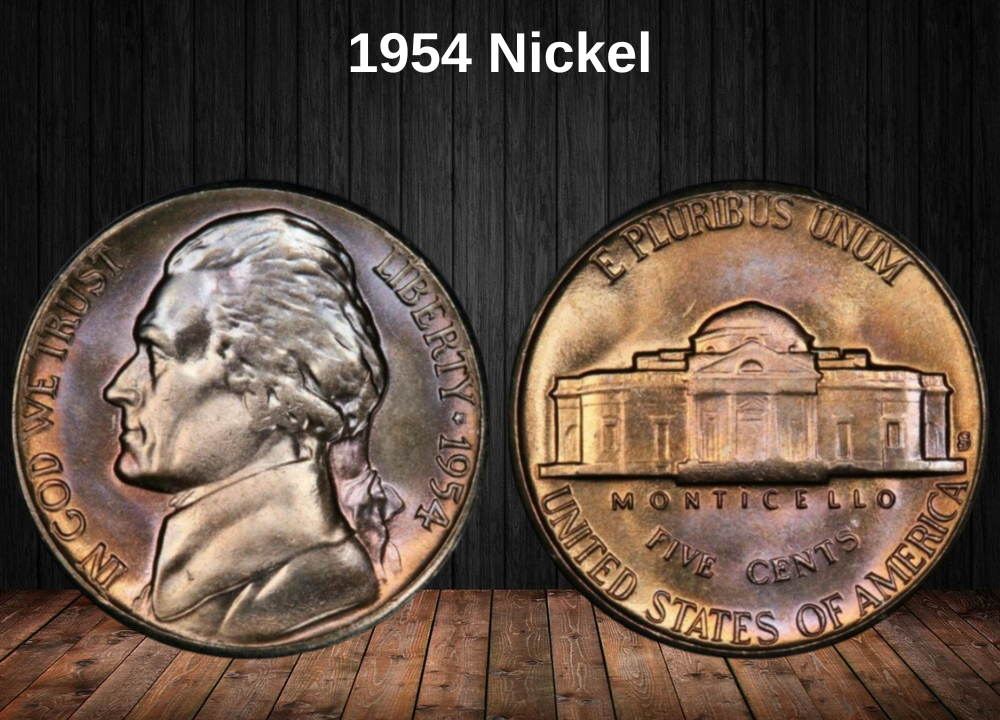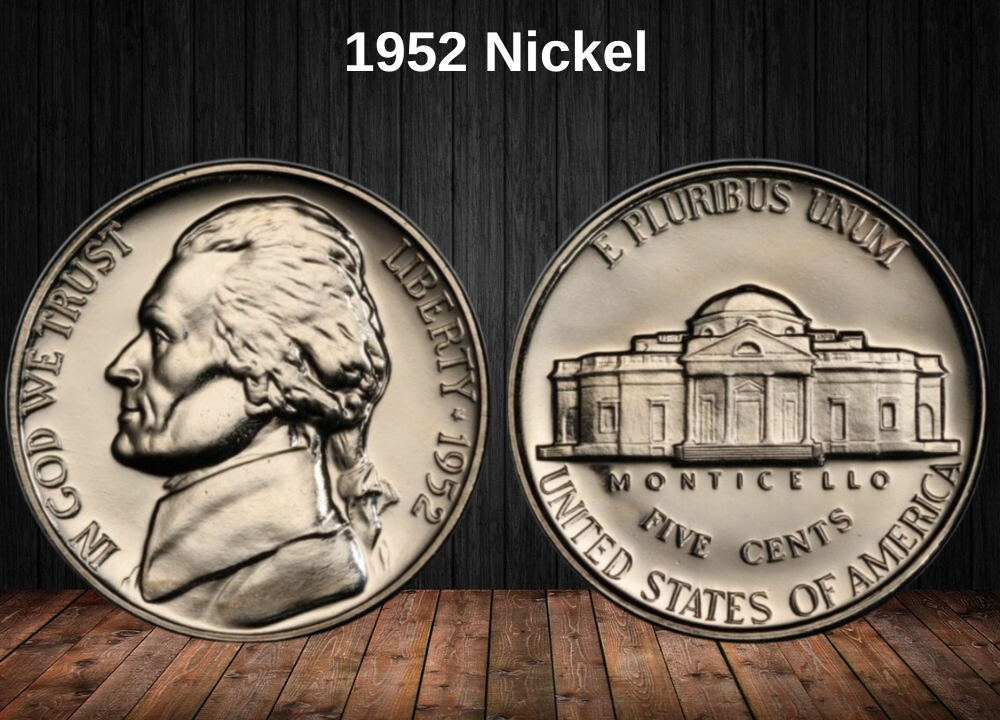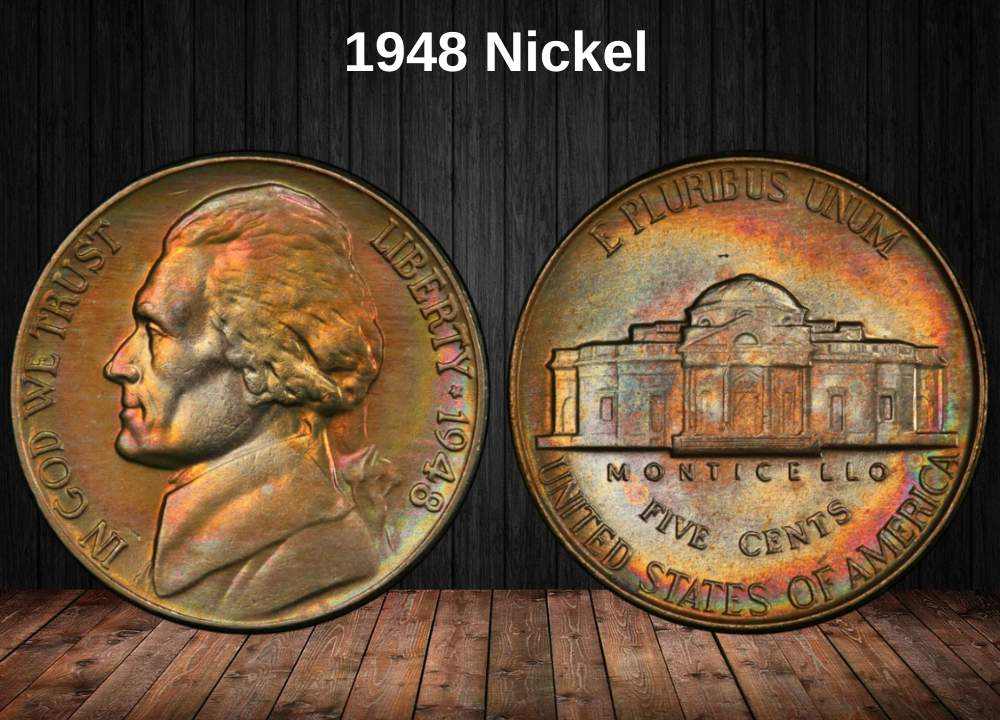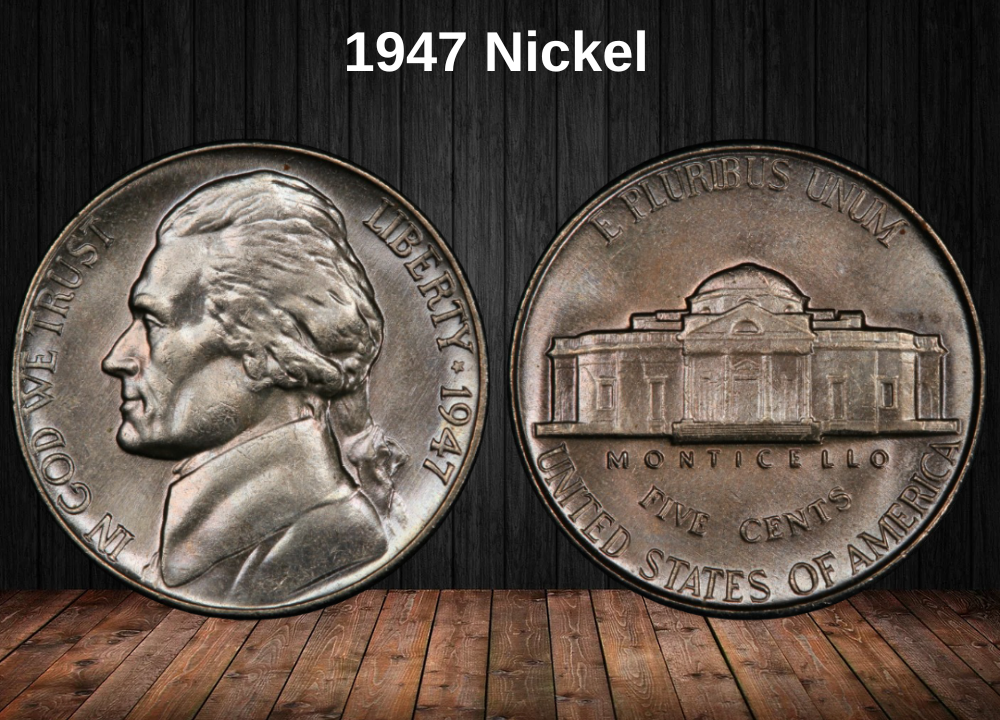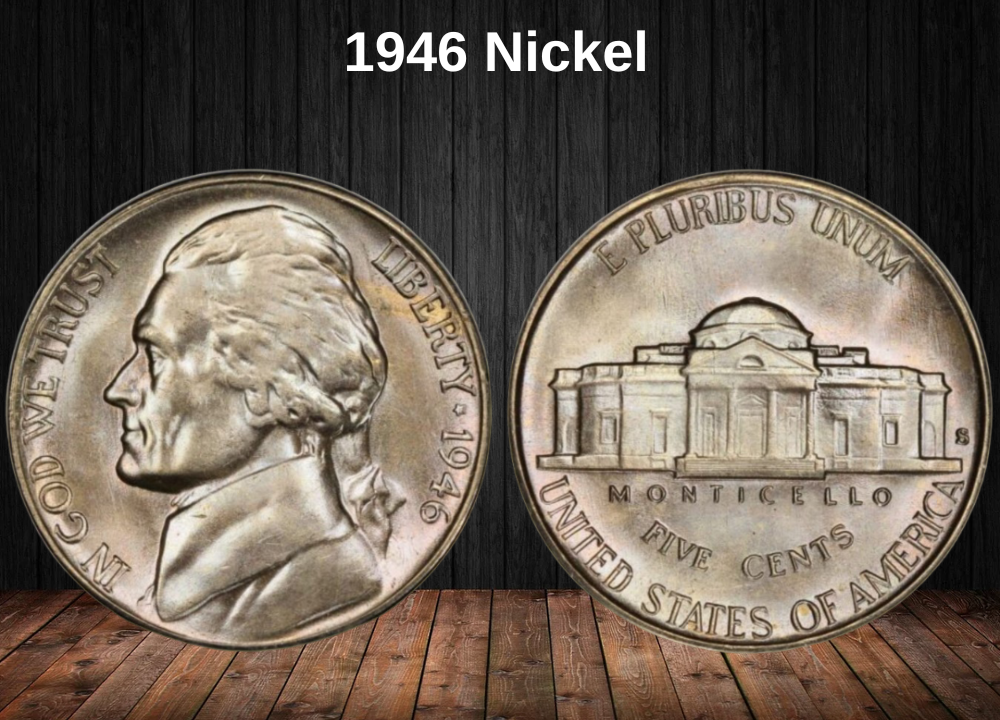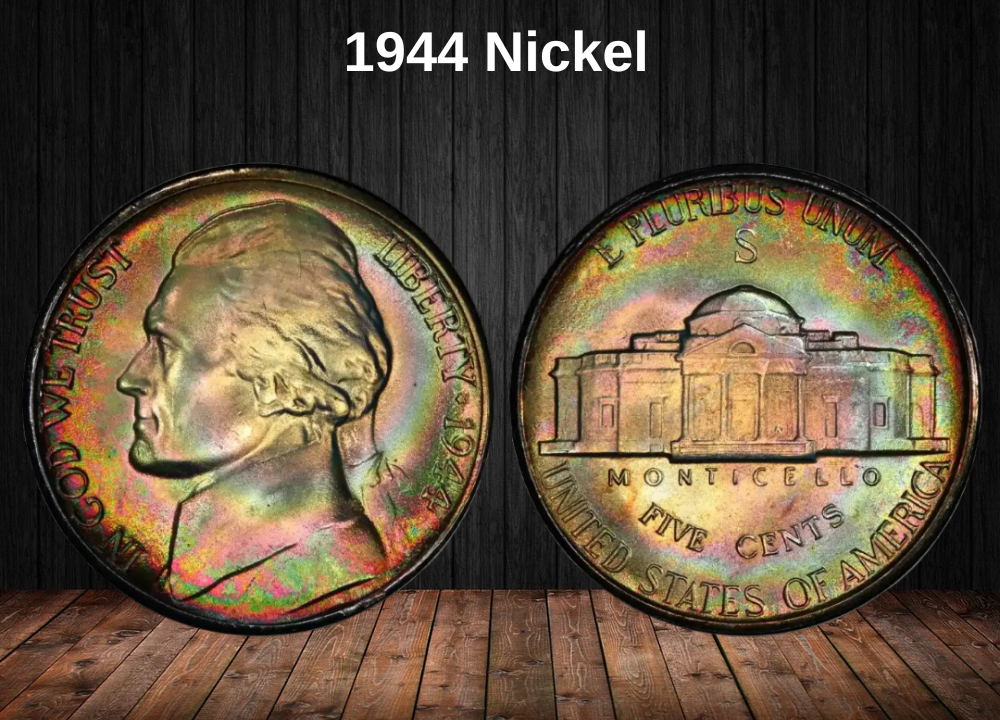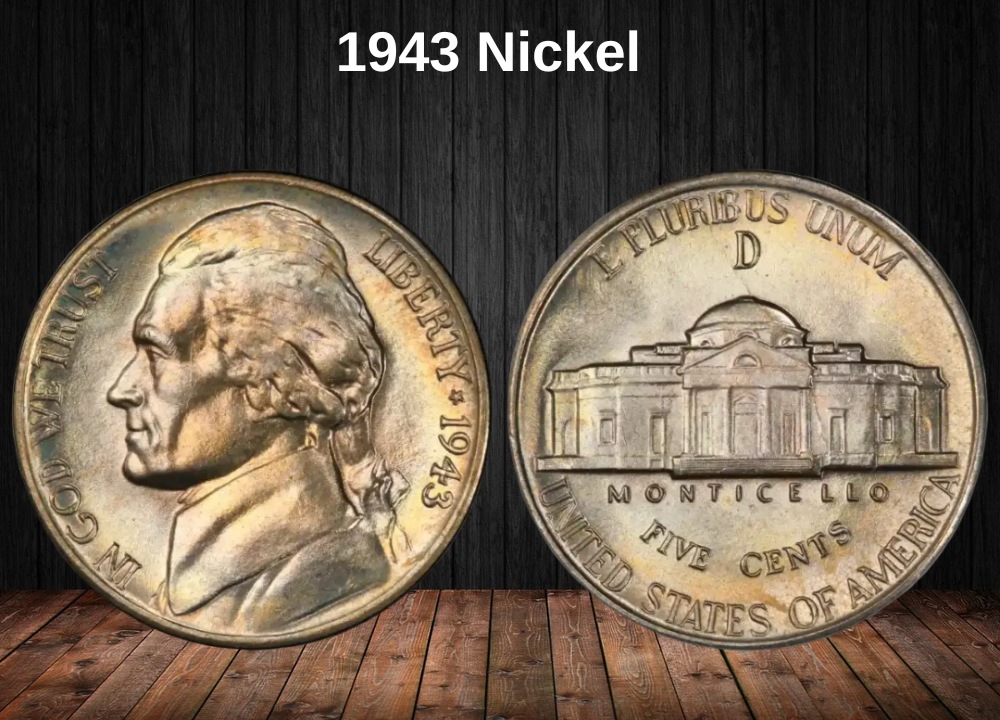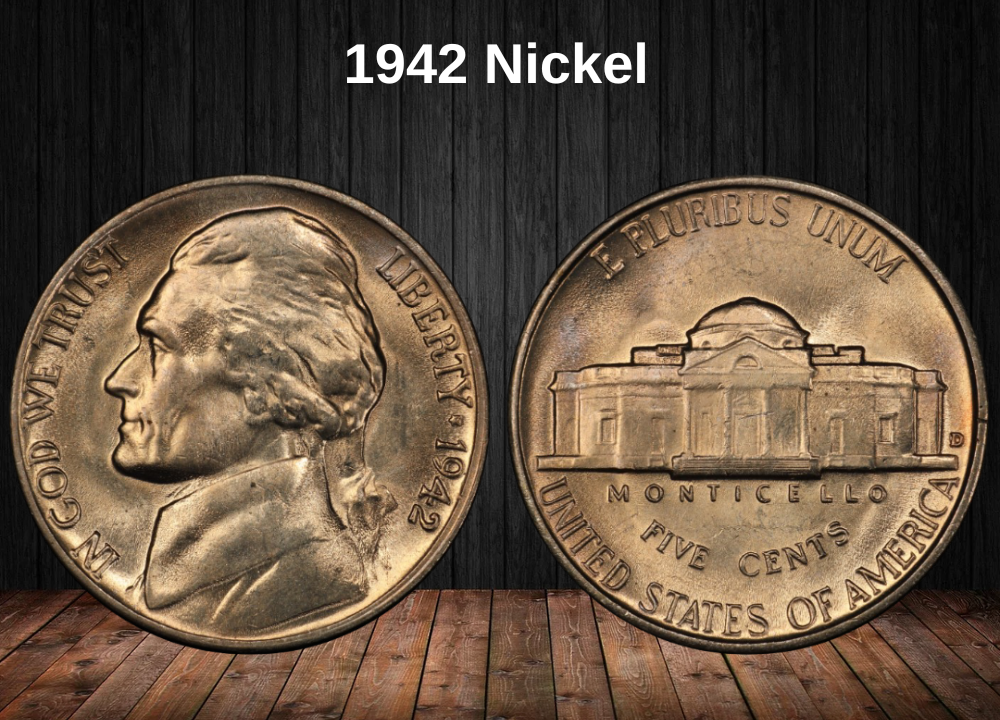If you happen to find a 1937 nickel in your pocket change, it might be worth your while to explore its story. Known as Buffalo nickels, these coins have a rich history that fascinates many collectors. But how much are they really worth?
In this guide, we’ll dive into the value of the 1937 Buffalo nickel, explore its historical background, and highlight the features that distinguish ordinary coins from those that are rare and highly valuable.
Ready to discover what makes these coins special? Let’s get started!
1937 Buffalo Nickel Value Chart
| Mint Mark | XF45 | MS60 | MS65 | MS68 |
|---|---|---|---|---|
| 1937 (P) No Mint Mark | $9 | $32 | $72 | $8,500 |
| 1937 D | $9 | $32 | $110 | $20,000 |
| 1937 S | $9 | $32 | $110 | $17,500 |
| PR60 | PR65 | PR67 | PR69 | |
|---|---|---|---|---|
| 1937 (P) No Mint Mark Proof | $775 | $1,350 | $2,250 | $95,000 |
History of the 1937 Buffalo Nickel

The iconic Buffalo nickel first entered circulation in 1913, replacing the earlier Liberty Head design. Its name comes from the American bison featured on the reverse, often referred to as a “buffalo,” while the obverse showcases a proud portrait of a Native American man.
Interestingly, the push for a new nickel may have started with Eames MacVeagh, son of Treasury Secretary Franklin MacVeagh. Eames wrote a letter to his father suggesting that redesigning the nickel could be a memorable way to mark Franklin’s term in office.
The artistic redesign was entrusted to James Earle Fraser, a renowned sculptor. While the coin was praised for its bold and distinctly American imagery, it also introduced several challenges. Vending machine operators worried that the new design would make it harder for machines to detect counterfeits. Additionally, the intricate details were difficult to strike properly, and the date area wore down quickly in circulation.
Due to these issues, the Buffalo nickel had a relatively brief lifespan. If you hold a 1937 example, you own one of the final issues in the series. Production stopped the following year in 1938, after just 25 years — the minimum lifespan a design could have without requiring Congressional approval for replacement.
In 1937, the nickels were struck at three different mints: Philadelphia, San Francisco, and Denver. The Philadelphia Mint also produced proof versions that year. Total mintage came in at nearly 110 million coins, with Philadelphia producing the second-highest total in the entire Buffalo nickel series.
Although production ended in 1938, the design made a comeback years later. It was revived for a commemorative silver dollar in 2001 and again in 2006 for a gold bullion series, proving its lasting popularity with collectors and the public alike.
Features of the 1937 Buffalo Nickel
The Obverse of the 1937 Buffalo Nickel

The front side, or obverse, of the 1937 Buffalo nickel features a powerful and detailed right-facing profile of a Native American man. This portrait is one of the most iconic in U.S. coinage and immediately grabs attention for its realism and dignity.
Over the years, multiple individuals claimed to have been the model for the design. Even James Earle Fraser, the coin’s designer, gave varying accounts. Today, it’s widely believed that the portrait is not of a single person, but rather a composite — a blend of features from several Native American leaders.
Among those thought to have inspired the image are Iron Tail, Two Moons, John Big Tree of the Seneca nation, and Two Guns White Calf, the son of a Blackfoot chief.
Despite its artistic appeal, the design did face criticism. Clarence Hobbs, who worked for a company that manufactured slug-detection devices for vending machines, argued that the high relief of the cheekbone would interfere with coin-reading technology. Still, the U.S. Mint chose to move forward with the design despite these concerns.
On the coin’s obverse, the year “1937” is inscribed near the base of the shoulder. Below that is a small “F”, which stands for Fraser, the coin’s designer. The word “LIBERTY” is placed along the upper-right edge of the coin, following the curve of its rim.
The Reverse of the 1937 Buffalo Nickel

The reverse side of the 1937 Buffalo nickel is what gives this coin its popular nickname. It features a powerful image of an American bison — often mistakenly called a buffalo — standing with its head lowered, as if grazing or ready to charge.
The identity of the bison that inspired this design has been almost as debated as the Native American portrait on the obverse. Once again, James Earle Fraser, the artist behind the coin, offered conflicting stories.
Fraser famously claimed that the model for the bison was Black Diamond, a well-known bull that lived at the Central Park Zoo. But he also mentioned seeing the animal at the Bronx Zoo, where Black Diamond was never housed — casting doubt on that version.
Interestingly, after Black Diamond died, his mounted head was preserved and is occasionally displayed at numismatic exhibits. However, many believe that if he was the model, Fraser took artistic liberties, especially since the horn structure on the coin differs significantly from that of Black Diamond.
Another theory suggests Fraser may have based the design on a bison named Bronx, the dominant male at the Bronx Zoo, which would align better with Fraser’s claims.
On the coin’s reverse, the inscription “UNITED STATES OF AMERICA” arches above the bison, followed by the national motto “E PLURIBUS UNUM”, which means “Out of many, one.” At the bottom, you’ll find the denomination: “FIVE CENTS.”
If your 1937 nickel was minted in Denver or San Francisco, you’ll also see a small mint mark (D or S) just below the denomination. Coins struck in Philadelphia will not have a mint mark.
Other Features of the 1937 Buffalo Nickel
Every 1937 Buffalo nickel shares the same physical characteristics as others in the series. Each coin weighs 5 grams, has a plain (smooth) edge, and a diameter of 21.2 millimeters.
Despite being commonly called a nickel, the coin’s composition is actually 75% copper and only 25% nickel — a detail that surprises many new collectors.
This coin is widely known as the Buffalo nickel, thanks to the prominent bison on the reverse. However, it’s also commonly referred to as the Indian Head nickel, due to the Native American portrait on the obverse. Both names are used interchangeably in the numismatic community.
1937 Buffalo Nickel Grading
Understanding the grade of your 1937 Buffalo nickel is essential if you want to determine its true market value. Coin grading uses the Sheldon Scale, which ranges from 1 to 70, with higher numbers indicating better preservation and finer details.
Below is a simplified breakdown of the grading scale used for Buffalo nickels:
| Grade Number | Grade Description |
|---|---|
| 1 | Basal State-1 |
| 2 | Fair |
| 3 | Very Fair |
| 4 – 6 | Good |
| 7 – 10 | Very Good |
| 12, 15 | Fine |
| 20, 30 | Very Fine |
| 40 | Extremely Fine |
| 50 | About Uncirculated |
| 60 | Mint State (MS-60) |
| 65 | Mint State Choice (MS-65) |
| 70 | Mint State Perfect (MS-70) |
To accurately determine your coin’s condition, be sure to consult a professional grading guide or have your coin evaluated by a certified grading service. This step is crucial for identifying your coin’s exact grade — and its potential value on the collector’s market.
1937 Buffalo Nickel Value Guides
1937 (P) No Mint Mark Buffalo Nickel Value

If your 1937 Buffalo nickel doesn’t display a mint mark, it was struck at the Philadelphia Mint — and that’s quite likely, as this facility was responsible for nearly three-quarters of all Buffalo nickels produced that year. In total, just under 79.5 million were minted in Philadelphia.
To confirm the origin, flip the coin to its reverse (the side with the bison). If you don’t see a letter beneath the words “FIVE CENTS”, you’re holding a Philadelphia issue.
Because of the high mintage, the 1937 Philadelphia nickel is the most common in circulated grades among all Buffalo nickels. According to estimates from the Professional Coin Grading Service (PCGS), about 50,000 examples still survive across all conditions. It’s also the second easiest issue in the entire series to find in mint state (MS) and gem quality (MS65 or higher) — only the 1938-D is more available in high grades.
This abundance makes the 1937 Philly nickel a great choice for collectors seeking quality without breaking the bank. For example:
- XF45 (Extremely Fine) condition: Valued at $9
- MS60 (entry-level Mint State): Around $32
- MS65 (Gem quality): Priced near $72
Prices rise sharply with higher grades:
- MS67: Valued at $260
- MS67+: Jumps to around $850
- MS68: With only 33 coins certified, these are worth about $8,500
- MS68+: The highest known grade, with just 5 examples certified — estimated at a staggering $30,000
1937 D Buffalo Nickel Value

In 1937, the Denver Mint produced significantly fewer Buffalo nickels than Philadelphia — just under 18 million coins in total. Today, experts estimate that only about 35,000 of those Denver issues still exist in any condition.
Interestingly, nearly one-third of those survivors are in mint state, with roughly 8,000 coins graded at MS65 or higher, making them true gem-quality specimens.
Despite its lower mintage, values for most circulated and lower mint state grades are similar to those from Philadelphia. For example:
- XF45: Valued at approximately $9
- MS60: Worth around $32
However, in higher grades, the “D” mint mark carries a noticeable premium:
- MS65: Estimated at $110, compared to just $72 for the Philadelphia version
- MS68: Soars to around $20,000, nearly double the price of a comparable Philly coin
This substantial difference in value is due in part to grade rarity. The top grade for 1937-D nickels is MS68, and only eight coins have been certified at this level — making them the finest known examples from the Denver Mint for that year.
1937 S Buffalo Nickel Value

Of all three mints that struck Buffalo nickels in 1937, the San Francisco Mint had the lowest mintage for regular business strikes, producing just 5,635,000 coins. Surprisingly, though, coins from this mint are more available in mint state and gem condition than those from Denver.
According to the Professional Coin Grading Service (PCGS), around 40,000 specimens from the San Francisco mintage are still known to exist across all grades. Roughly 12,000 of those are in mint state, and about 9,000 coins have received a MS65 or higher grade.
For grades up to MS64+, pricing is nearly identical to both the Philadelphia and Denver issues from the same year. However, once you reach MS65 and above, San Francisco nickels sit between the two in terms of value — more valuable than Philadelphia, but generally less than Denver.
Here’s what you can expect in terms of market value:
- MS65: Approximately $110
- MS66: Around $200
- MS67: Priced at roughly $750
At the very top, only three coins from this mint have been certified at MS68, and each is valued by the PCGS at about $17,500 — making them the finest known from the San Francisco batch.
1937 (P) Proof Buffalo Nickel Value

In addition to regular circulation coins, the Philadelphia Mint struck a limited number of proof Buffalo nickels in 1937. These coins were made specifically for collectors, using specially polished planchets and high-quality dies, which gave them a distinctive mirror-like finish.
Only 5,769 proof coins were produced that year, making them far scarcer than their business strike counterparts. Even in the lowest collectible grade, these coins command impressive values. In fact, because of their intended purpose and careful handling, most surviving proof examples are in relatively high condition — starting at AU58 (About Uncirculated).
Here’s a look at current market estimates for 1937 proof nickels:
- AU58: Valued at around $475
- PR60 (entry-level proof): About $775
- PR65 (gem proof): Estimated at $1,350
Only two coins have been certified at the ultra-rare PR69 level, making them the finest known proof Buffalo nickels from 1937. For context, a PR68 example sold at auction in 2012 for $40,250. Today, the PCGS estimates the value of a PR69 specimen at approximately $95,000 — though given past sales, that might be a modest projection.
Rare 1937 Buffalo Nickel Error List
1937 D Three-Legged Buffalo Nickel

One of the most famous and valuable error coins in U.S. numismatics is the 1937-D “Three-Legged” Buffalo nickel, struck at the Denver Mint. These coins earn their nickname from a striking visual flaw — the buffalo on the reverse appears to have only three legs.
This unusual error was caused by over-polishing of a reverse die, which essentially erased the front right leg of the bison. The result is a coin where the animal appears unbalanced, with only three clearly visible legs. Collectors also look for a worn texture on the back leg and a light streak beneath the belly of the bison, often referred to as a “stream” — key markers that help identify authentic specimens.
Caution: Due to their high value, counterfeit Three-Legged nickels are common. If you’re considering buying one, authentication by a professional grading service like PCGS or NGC is strongly recommended.
Current Market Values:
Even in lower grades, genuine Three-Legged nickels carry significant value:
- Grade 15 (Very Fine): Around $650
- XF45 (Extremely Fine): Valued near $1,000
- Mint State (MS60+): Prices begin at approximately $2,950
At the top of the grading scale, values increase dramatically:
- MS66+ (PCGS, 5 coins certified): Estimated at $105,000
- MS66+ auction price (2021): Sold for just under $100,000
- MS67 (NGC, 3 coins certified): Estimated market value of $150,000 each
These coins are prized not just for their rarity, but also for their place in numismatic history as one of the most striking and collectible mint errors ever released into circulation.
1937 D Over D Buffalo Nickel, Repunched Mint Mark

Among the Buffalo nickels struck at the Denver Mint in 1937, some coins show a minting anomaly called a “repunched mint mark”. If you examine the reverse side closely, you’ll notice a faint secondary “D” mint mark partially visible underneath the primary “D.”
While this type of error isn’t especially rare, it does add some collectible value to the coin. For instance, a coin graded MS65 with this repunched mint mark sold at auction for about $150 — roughly 50% more than a comparable MS65 Denver nickel without the error.
This kind of repunched mint mark error is also found on some 1937 San Francisco (S) Buffalo nickels. One such MS65 S coin fetched approximately $185 at auction.
Where to sell your nickel?
Now that you’re aware of your nickel’s value, you may be curious about the best places to sell it. Don’t worry: here’s a rundown of some top online marketplaces where you can conveniently sell your nickels, along with their benefits and drawbacks.
Explore the best platforms for selling nickels online (advantages and disadvantages).
FAQ about 1937 Buffalo Nickels
1. What is the composition of the 1937 Buffalo Nickel?
The 1937 Buffalo Nickel is made of 75% copper and 25% nickel, consistent with the alloy used for the entire Buffalo Nickel series from 1913 to 1938.
2. What design is featured on the 1937 Buffalo Nickel?
- Obverse: Profile of a Native American chief, designed by James Earle Fraser
- Reverse: An American bison (buffalo) standing on a mound
3. Which mints produced the 1937 Buffalo Nickel?
The 1937 Buffalo Nickels were minted at:
- Philadelphia (no mint mark)
- Denver (“D” mint mark)
- San Francisco (“S” mint mark)
4. What are the notable varieties or errors found in the 1937 Buffalo Nickel series?
- The famous 1937-D “Three and a Half Leg” variety, caused by a die break that shortens the buffalo’s front right leg
- Doubled dies and repunched mint marks (RPMs) on some Denver and San Francisco coins
- Die cracks, off-center strikes, and die clashes
5. How rare is the 1937 Buffalo Nickel?
Philadelphia coins are generally more common. Denver and San Francisco mint coins, especially the 1937-D “Three and a Half Leg” variety, are scarcer and can be significantly more valuable, particularly in higher grades.
6. What is the typical value of a 1937 Buffalo Nickel?
- Circulated Philadelphia coins typically range from $5 to $40+
- Denver and San Francisco coins often range from $50 to several hundred dollars in better grades
- The 1937-D “Three and a Half Leg” variety can sell for thousands of dollars depending on condition and grade
7. What should collectors look for when purchasing a 1937 Buffalo Nickel?
- Clear, sharp details on the Native American and buffalo
- Authentic mint marks without alteration
- Signs of the “Three and a Half Leg” variety if seeking error coins
- Minimal wear or cleaning to preserve coin value

